Blooming Dates: Climate Change Indicators Right Under Our Noses.
December 17, 2021

The beauty of new blooms can mean new beginnings, a new season. Baby birds take their first flight, butterflies flutter around the recently opened buds, many of us enjoy the fresh fruit and vegetables our gardens provide. But there is more to the flowering of spring than meets the eyes. Abnormal blooming dates are becoming increasingly common, and to people’s surprise they are much more detrimental than they think. This phenomenon, when studied by scientists, can help us understand and interpret its connection to climate change.
Causes
Phenology studies examine the changes in climate and natural events on the regular basis. By recording the timing of events like blooming dates, it is possible to identify changes in the patters of ecosystems. Normally, plants aim to bloom when temperatures are optimal for pollination. However, due to rising temperature and fluctuating weather conditions, flowers are beginning to bloom earlier in the spring and sometimes even rebloom late in the fall.
Lin Meng, a postdoctoral fellow at Lawrence Berkeley National Lab, started researching early blooming after witnessing the saddening effects of the phenomenon first hand. Back in 2015 she visited a park in Beijing to see the cherry blossom trees. The trees had bloomed earlier than usual, which seemed uncomplicated, until a snow storm hit.
“And what I saw on the next day was an almost complete loss of those emerging blossoms – flowers all over the ground. And that moment inspired me to think how a warming environment with great fluctuation affect tree greening.”
As Meng’s theory suggests, this phenomenon is caused by global warming, the continuous heating of Earth’s temperature due to trapped heat waves in the atmosphere. Global warming increases more heatwaves, droughts and heavy downpours, which leads to plants experiencing additional stress. To better grasp this concept, Samantha Harrington, associate editor of Yale Climate Connections, quotes in one of her interviews with owners of apple trees, “Indeed, drought stress can trigger plants to bloom at abnormal times of year.” Her interviews with experts on this topic indicate that unusual bloomings are a stress response from plants.
Abnormal blooming can occur at anytime, but another common time they occur is in late fall. Although there is less risk of cold weather destroying the new blooms, the effects can be just as alarming.
Effects
When plants rebloom in the fall, it has a great backlash on the ecosystem later during spring. “When drought causes plants like apples and lilacs to bloom in the fall, those buds aren’t available to become flowers in the spring.” says Harrington. In brief, the more plants to abnormally bloom in the fall the fewer the buds that are available to open in the spring. This could potentially diminish the beauty of spring and even hurt harvests.
The consequences of abnormal bloomings extend to the rest of the biome. In an ecosystem, all organisms are affected by each other. For example, plants depend on bees and other pollinators to transport their pollen and give way for new life. Scientist believe that if this continues, it will take a toll on organisms like bees, since it will confuse and disturb their hibernation cycles. Again, this could affect plant’s reproduction processes. All food chains depend on the reproduction of plants for the production of energy. Humans depend on the survival of these organism to keep the stability the Earth provides humanity.
So while there might be a disruption to the beautiful portrait of spring, the resilient nature of plants and ecosystem might yield unseen ways to adapt. With the growing demand of natural resources, habitats have found amazing ways to grow around the unbalance humans have created since the era of industrialization. It remains uncertain where phenomenon will lead humanity. This same uncertainty drives scientist and experts to ask more questions on the future of these vital parts of our world.


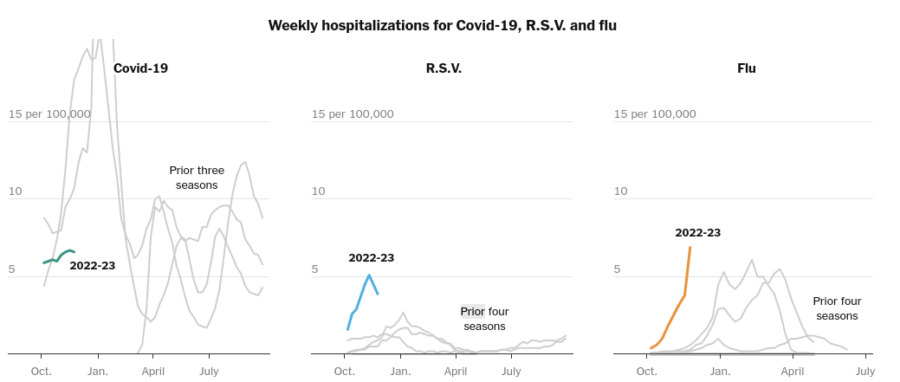



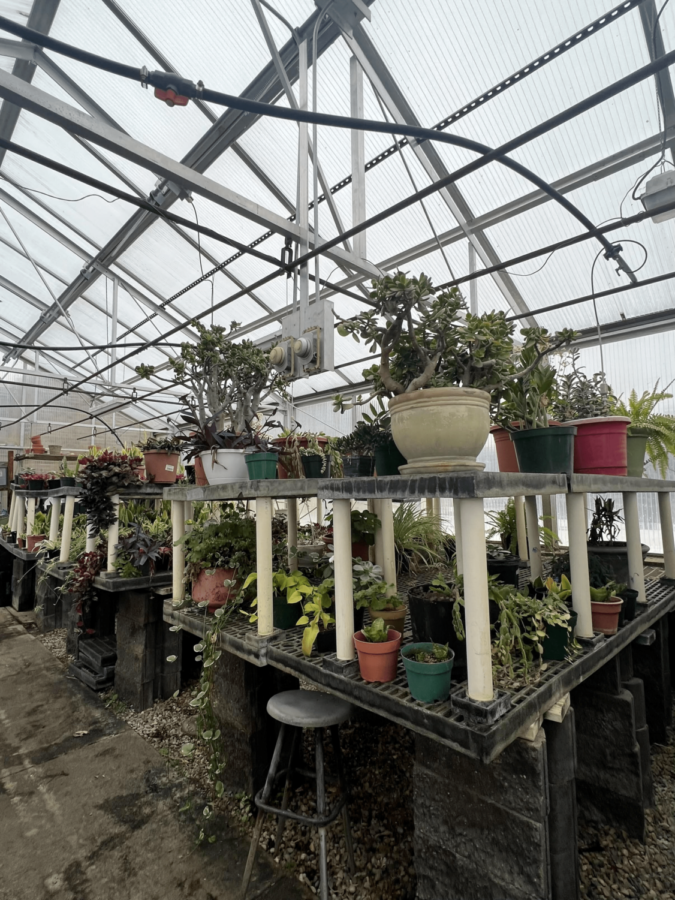




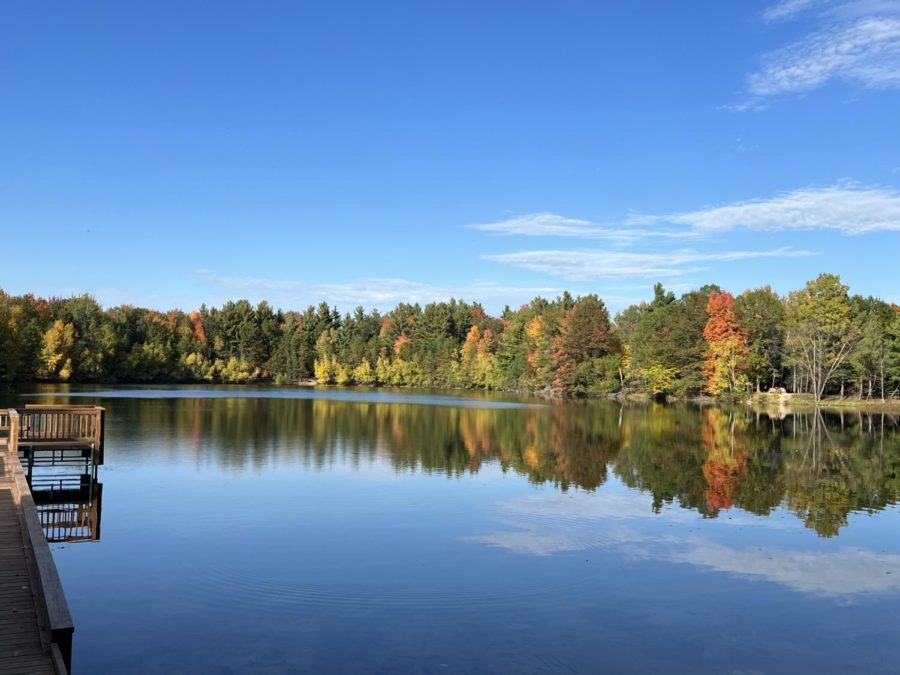

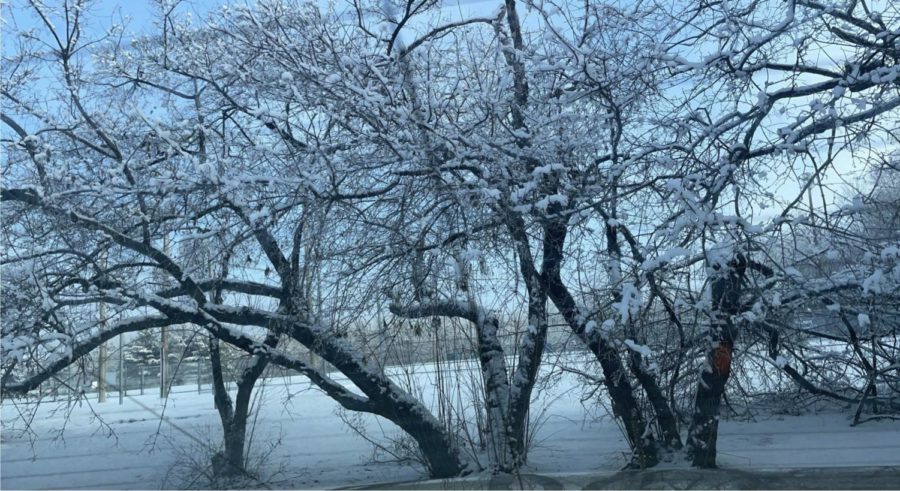












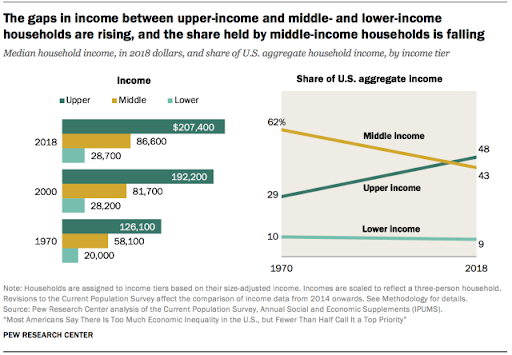








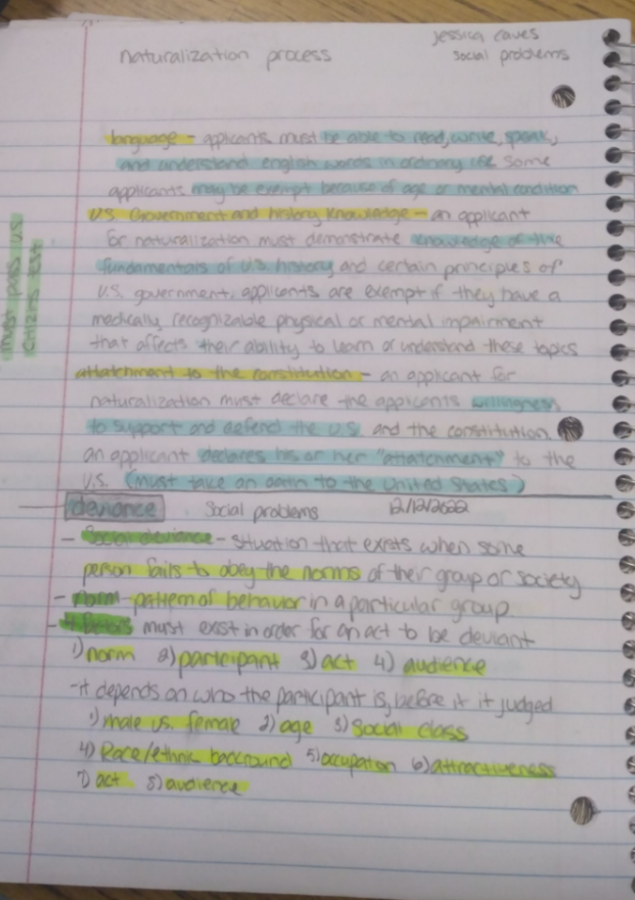


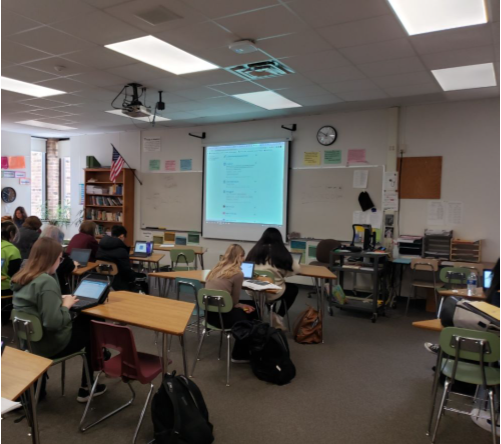










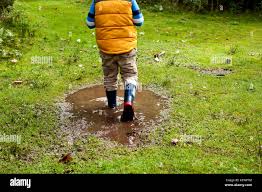








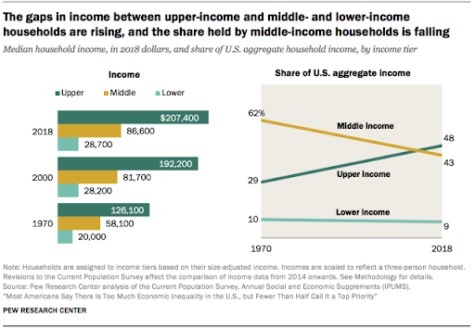



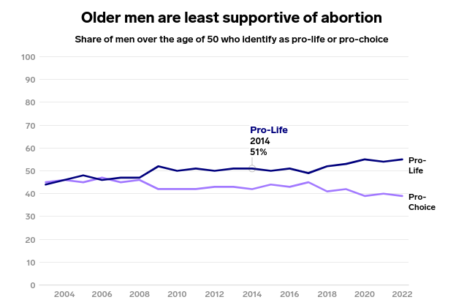
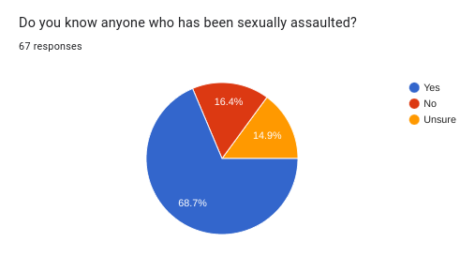
Alyssa Olson • Dec 19, 2021 at 2:00 PM
Wow Paola, I never realized this is such a big issue. I liked how your quotes help me understand how these abnormal blooms affect plants. Meng’s quote really made me sad because it explained how flowers can get confused at extreme changes in weather patterns and then some of them lose their pretty blossoms too soon. Spring is one of my favorite seasons and I love all the flower blooms that it brings. I believe we should do more to help plants deal with climate change so we can enjoy their beauty.